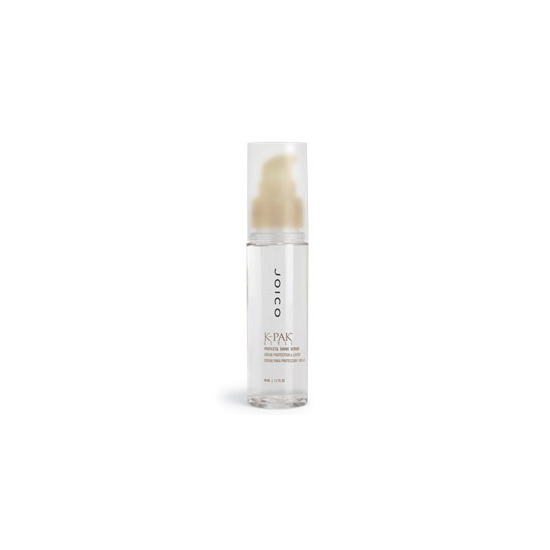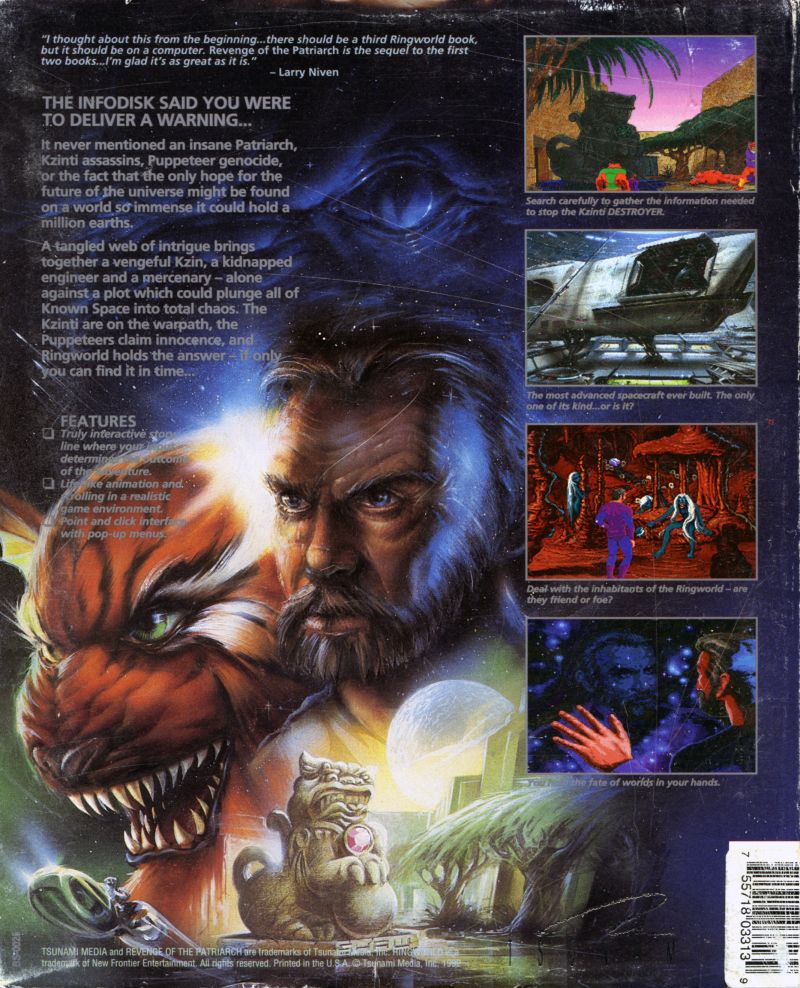


As a result, the Pak evolved a mechanism to eliminate dangerous mutations from the population. The high radiation near the star-dense core caused severe mutations that can destabilize the evolutionary process. Niven explained the evolution of the Pak as resulting from high radiation levels on their home world near the core of the galaxy. Niven's stories that focus on the Pak mostly concentrate on the unique Protector-stage. It is described as a 'fighting machine,' with armor-like skin, super-human strength and super-human intelligence. Pak Protector is not analogous to any human form. Earlier Niven stories describe the breeder as "just intelligent enough to swing a club or throw a stone." To the Pak, the Breeder stage, though capable of space travel, is not deemed fully sentient Breeders, to a large extent, rely on Protectors for long-term survival. Pak Breeder is analogous to a human adult: sexually mature, self-sufficient (in later writings) and providing immediate care for the children. Pak Child is analogous to a human child: sexually immature and dependent upon adults for survival. The Pak species goes through three stages of development: Child, Breeder and Protector. Pak Children and Breeders appear in Earth's fossil record as Homo habilis the few Pak Protectors to make it to Earth apparently are not found in the fossil record. In Protector, the audience learns that humans are descended from the Pak. Accordingly, most of the positive attributes of Protectors are based on negative human aging effects: swollen joints, decreased muscle-fat ratio, weakening heart, invariant diet, decreasing height, facial atrophy, leathery skin, hair loss, lack of sex drive, and tooth loss are all turned to advantage during the shift from Breeder to Protector. Niven has written that he invented the Protectors as a thought experiment to explain the common effects of aging on humans and to create a fictional evolutionary explanation for humans' long lives after females have passed reproductive age.


 0 kommentar(er)
0 kommentar(er)
